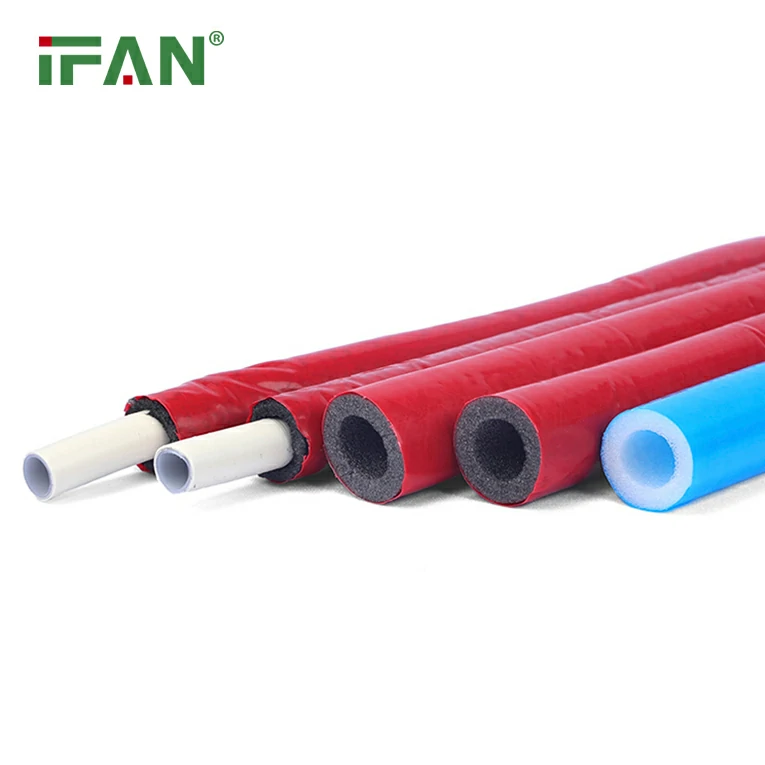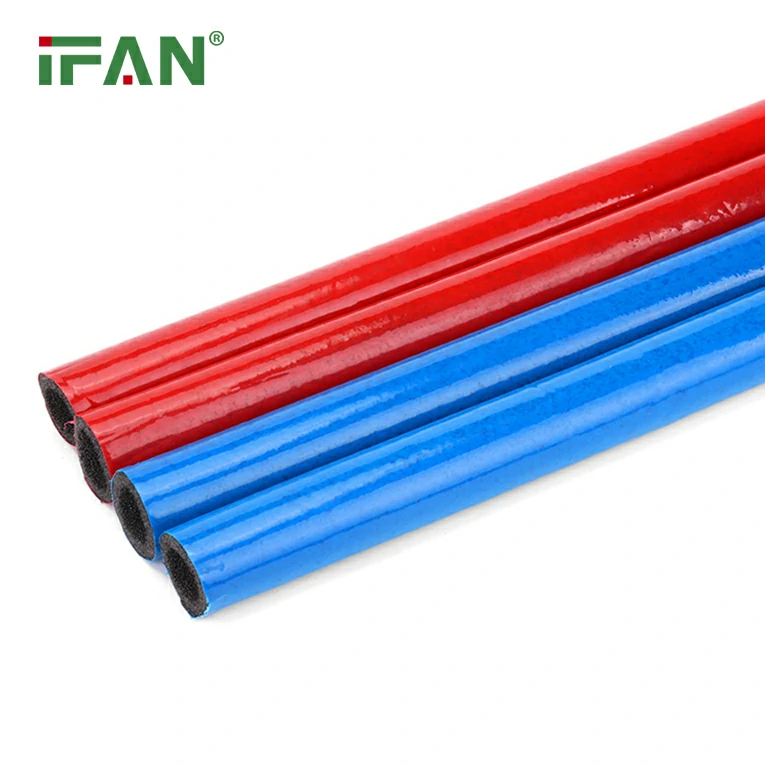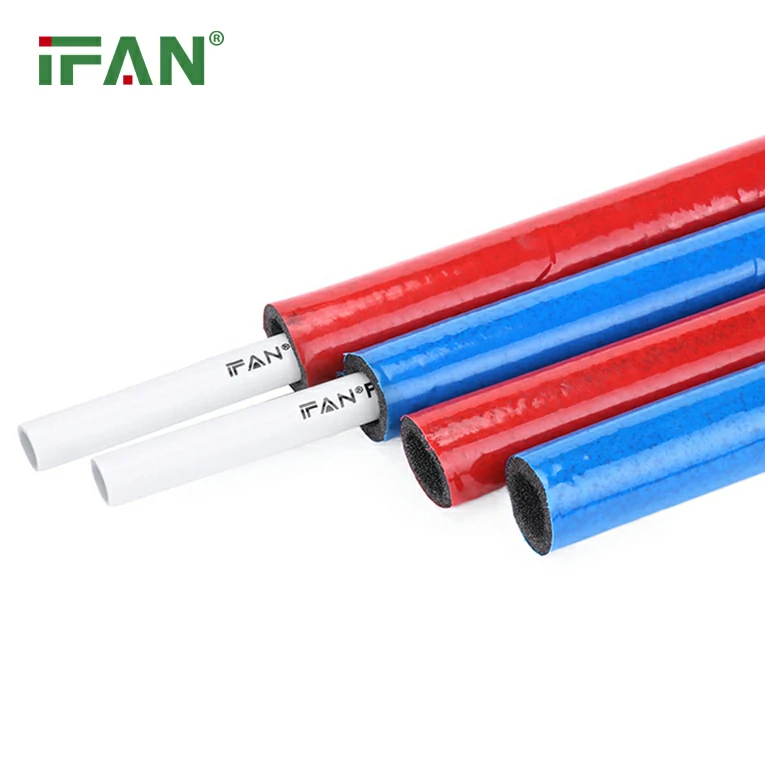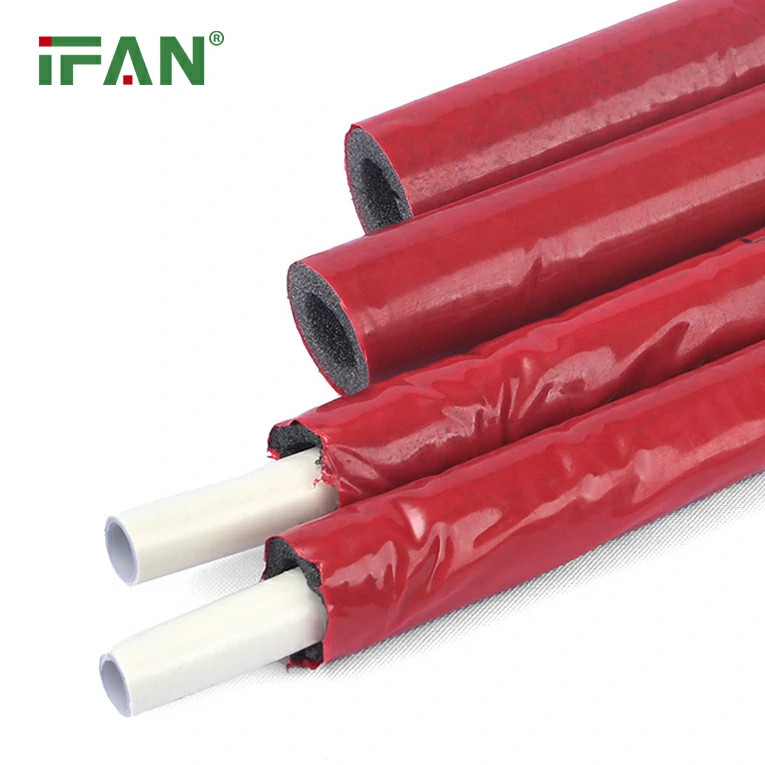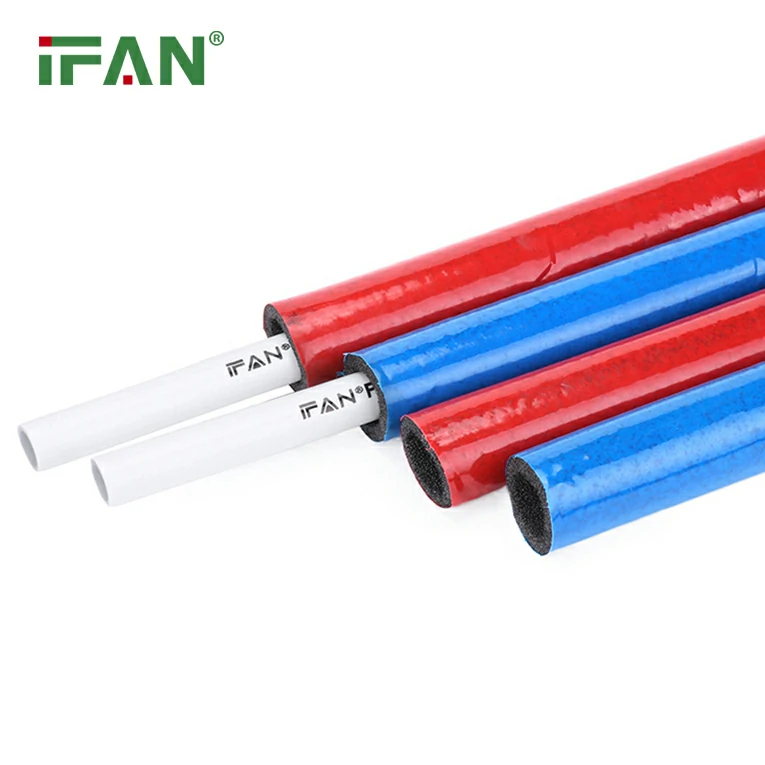Introduction
The global PEX pipe market is witnessing significant growth as industries and consumers increasingly embrace the benefits of Cross-linked Polyethylene (PEX pipes) in plumbing, heating, and energy distribution systems. The demand for PEX press pipes and other forms of PEX continues to rise due to their versatility, durability, and cost-effectiveness compared to traditional piping materials. In this article, we will explore the current market size, share, trends, and growth factors driving the PEX pipe industry, along with an outlook on the future of PEX in various sectors, including construction, water distribution, and district energy systems.
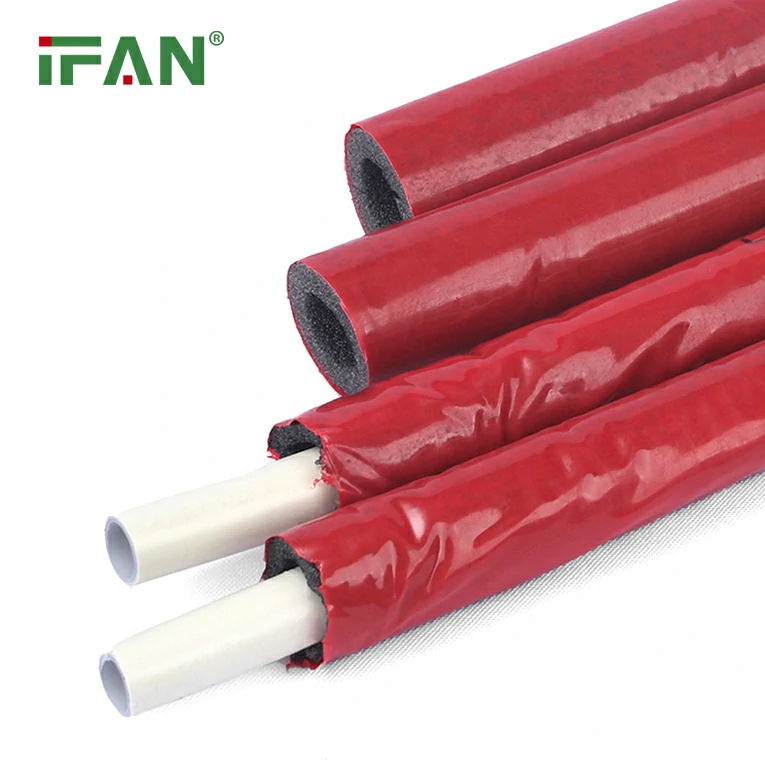
What is Cross-linked Polyethylene (PEX) Pipe?
Cross-linked Polyethylene (PEX) is a type of plastic tubing made from high-density polyethylene that undergoes a cross-linking process to enhance its performance characteristics. PEX pipes are well-known for their flexibility, resistance to corrosion, and high durability. PEX is a popular alternative to traditional piping materials such as copper and PVC, primarily due to its ease of installation, resistance to scale buildup, and resistance to freezing.
The PEX press pipe refers to a specific installation method where PEX pipes are joined using a specialized mechanical press fitting tool. This results in a secure, leak-proof connection without the need for heat or soldering, making it ideal for a variety of applications, including plumbing, radiant heating, and district energy systems.
PEX Pipe Market Size and Share
The PEX pipe market has seen steady growth over the last decade and is expected to continue its upward trajectory. As of recent reports, the market is valued at several billion dollars, with projections indicating a compounded annual growth rate (CAGR) of around 6-7% from 2023 to 2030. This growth can be attributed to several key factors, including technological advancements in manufacturing, increased demand for energy-efficient heating and cooling systems, and the rising adoption of PEX pipes in residential and commercial construction projects.
North America is one of the largest markets for PEX pipes, particularly in the United States and Canada, where PEX press pipes are increasingly used in plumbing and district heating systems. Europe also holds a significant market share, with countries like Germany and the UK leading the way in adopting sustainable building materials and systems.
The demand for PEX press pipes is particularly strong in emerging markets such as Asia-Pacific and Latin America, where rapid urbanization and infrastructure development are driving the need for efficient plumbing and energy systems.
Key Market Trends Driving PEX Pipe Adoption
1. Rising Demand for Energy-Efficient Heating Systems
One of the most significant drivers of the PEX pipe market is the growing need for energy-efficient heating solutions. District heating systems, in particular, are increasingly using PEX press pipes due to their ability to prevent heat loss, thereby improving the overall efficiency of energy distribution. Insulated PEX pipes are commonly used in district energy systems to deliver hot water or steam over long distances with minimal energy waste, reducing both operational costs and carbon emissions.
As cities around the world prioritize sustainable energy solutions, PEX pipes are becoming the go-to choice for both new construction and retrofit projects. In particular, insulated PEX press pipes are seeing rising demand as more municipalities shift toward greener infrastructure.
2. Cost-Effectiveness and Installation Efficiency
PEX press pipes are a cost-effective alternative to traditional piping systems. They are lighter, easier to handle, and more flexible than metal pipes, reducing both material costs and installation time. The press fitting system used for connecting PEX press pipes eliminates the need for welding or soldering, further streamlining the installation process and reducing labor costs.
These factors have made PEX pipes increasingly attractive to contractors and property developers who are seeking to lower construction costs and improve installation efficiency. The growing trend of affordable housing projects, particularly in emerging markets, is contributing to the higher adoption of PEX pipes in the residential sector.
3. Durability and Longevity of PEX Pipes
PEX pipes offer superior resistance to corrosion, scaling, and freezing compared to traditional metal pipes. This longevity makes them ideal for both plumbing and heating applications. PEX press pipes, in particular, provide added durability because of the secure and leak-proof connections created by the press-fit installation method.
For utilities, municipalities, and homeowners, the long lifespan of PEX pipes means lower maintenance costs and fewer replacements, driving long-term savings and reducing environmental impact.
4. Increasing Urbanization and Infrastructure Development
Rapid urbanization in regions such as Asia-Pacific, Africa, and Latin America is fueling the growth of the PEX pipe market. As cities grow and the demand for water, energy, and heating increases, there is a pressing need for efficient and cost-effective piping systems that can be quickly installed and maintained.
In particular, PEX press pipes are increasingly being used in district energy systems to efficiently distribute hot or chilled water in growing urban centers. This trend is not limited to heating but also extends to cooling systems, as PEX is also ideal for use in district cooling systems.
5. Growing Consumer Preference for Sustainable Solutions
As awareness of environmental issues continues to rise, consumers and businesses are seeking out more sustainable products. PEX pipes are made from recyclable materials and contribute to energy savings due to their superior thermal insulation properties. Additionally, the low carbon footprint associated with PEX pipe manufacturing, compared to metal alternatives, is making it a preferred choice for sustainability-conscious builders and developers.
In regions with strict environmental regulations, such as the European Union, the demand for sustainable piping solutions is pushing the market for PEX pipes to new heights.
Regional Insights
North America
The North American PEX pipe market holds a significant share, primarily driven by the robust construction and plumbing industries in the United States and Canada. PEX press pipes are widely used in both residential and commercial plumbing systems, as well as in radiant floor heating applications. The district heating sector in cities like Chicago, New York, and Toronto also heavily relies on insulated PEX pipes for efficient energy distribution.
Europe
Europe is another key market for PEX pipes, particularly in countries such as Germany, France, and the United Kingdom. The region has been at the forefront of adopting green building technologies, and PEX press pipes are seen as an ideal solution for improving energy efficiency in both residential and commercial buildings. The European market for PEX pipes is expected to continue growing due to increasing investments in infrastructure and a focus on sustainable urban development.
Asia-Pacific
The Asia-Pacific region is witnessing rapid growth in the PEX pipe market, driven by urbanization, industrialization, and infrastructure development. China, India, and Japan are leading markets in this region. PEX press pipes are being widely adopted in district heating systems and large-scale plumbing projects, particularly as these countries focus on improving energy efficiency and reducing water waste.
Latin America & Middle East
In Latin America and the Middle East, countries like Brazil, Mexico, and the UAE are increasingly adopting PEX pipes for both residential and commercial applications. PEX press pipes are becoming more common in both new construction projects and retrofitting efforts as these regions expand their urban infrastructures.
Market Outlook and Future Growth
The PEX pipe market is poised for continued growth, with rising demand for PEX press pipes across various applications, including plumbing, heating, water distribution, and energy systems. Technological advancements, including the development of more efficient PEX pipe insulation materials, are expected to further boost the market.
Additionally, as regulatory frameworks around energy efficiency and sustainability become stricter, PEX pipes will continue to gain popularity due to their eco-friendly characteristics and long-term performance benefits. The global market for PEX press pipes is set to expand rapidly, driven by rising infrastructure projects, green building initiatives, and the increasing demand for cost-effective and durable piping solutions.
Conclusion
The PEX pipe market is experiencing significant growth, driven by the increasing demand for PEX press pipes in a wide range of industries, from plumbing and heating to energy distribution systems. The advantages of PEX pipes—such as flexibility, durability, cost-effectiveness, and energy efficiency—are making them a popular choice among builders, contractors, and consumers worldwide. As urbanization continues and the focus on sustainability grows, PEX pipes will play a pivotal role in shaping the future of construction and energy systems across the globe.
Frequently Asked Questions (FAQs)
1. What is a PEX press pipe?
A PEX press pipe is a type of cross-linked polyethylene pipe that is connected using a mechanical press fitting tool. This method creates a secure, leak-proof bond without the need for heat, welding, or soldering, making it ideal for plumbing, heating, and energy systems.
2. What are the main advantages of PEX pipes over traditional piping materials?
PEX pipes are more flexible, cost-effective, and resistant to corrosion compared to traditional materials like copper or PVC. They also require less labor and time to install due to their ease of handling and the press-fit connection system.
3. How long do PEX pipes last?
PEX pipes are highly durable and can last up to 50 years or more under typical conditions. Their resistance to freezing, scaling, and corrosion ensures long-term reliability and reduces the need for frequent maintenance or replacements.
4. **Are PEX
press pipes suitable for both hot and cold water applications?**
Yes, PEX press pipes are suitable for both hot and cold water applications. They can handle temperatures ranging from -40°F to 200°F, making them ideal for plumbing, heating, and cooling systems.
5. What is the future outlook for the PEX pipe market?
The PEX pipe market is expected to grow significantly in the coming years, driven by increasing urbanization, rising demand for energy-efficient heating systems, and the adoption of sustainable building practices. Technological advancements and expanding infrastructure projects in emerging markets will further fuel this growth.

